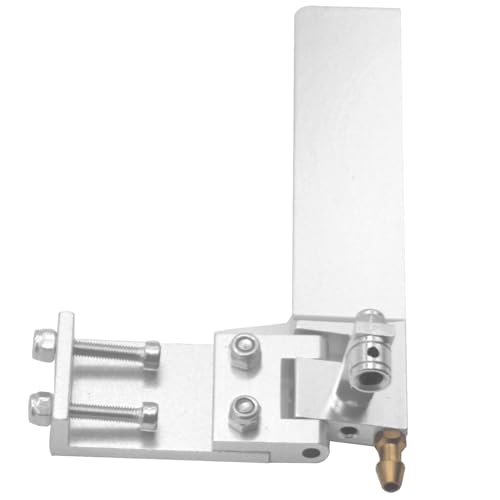Why not just run a prop blast pick up and on a twin just run 2 theres no drag and if you run the boat into shore and its still running it won't burn the motor up as long as the prop is still in the water , if its not well you have more problems , i have always used this set up with no issues .
Good luck
First off, if you worry about running into the shore you need to ask yourself what is causing you to think that way. Waterflow is the least of your worries. LOL!
I've seen this happen and the guy's motor didn't burn up on him , thats all im sayin
A what drag do you get from a prop blast when its no where near the water it's near the top of the prop , there is no where near the drag as a rudder pick up and it pull's the boat to the side the rudder is on , if i'm wrong i'm sorry but there's some really fast guy's out there that run prop blast exspecially on SAW boats.
PS. John i don't worry about running my boats on shore , sometime's it just happen's




don't tell me its never happened to you before B)
In my oppinion i like the prop blast over the rudder water pick up , thaz all




































